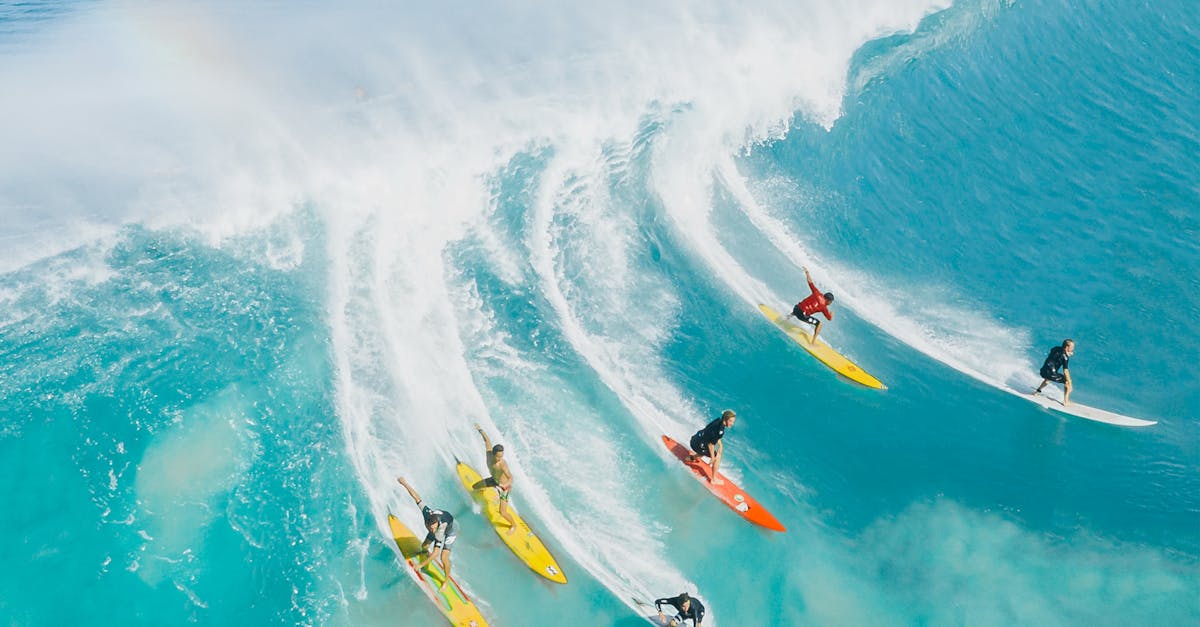A proposal for a gondola and zip line on Oahu's North Shore could bring a new dimension to Hawaii's tourism landscape. The project, spearheaded by a Canadian businessman, aims to transport visitors to the summit of Mt. Kaala, the highest peak on the island. This initiative presents potential opportunities for investors and entrepreneurs while raising questions about its impact on the natural environment and local community.
The proposed gondola system spans approximately 1.75 miles, originating just off Kaukonahua Road and ascending about 1,000 feet. The plan also includes a 1.5-mile zip line, offering guests a thrilling descent. According to the permit application, the project is designed to integrate agricultural tourism, enhance public access to the land, and promote education and engagement with the native Hawaiian landscape. The project intends to increase agricultural operations with a focus on crops such as cacao, ulu, taro, and sugar cane. Star Advertiser details the scope of the project proposed for the area.
This type of development could offer significant benefits for businesses in the tourism and hospitality sectors. Local entrepreneurs could explore opportunities in related services, such as guided tours, retail, and food and beverage operations located at the gondola's base and summit terminals. However, such a project also invites scrutiny. Community groups and environmental advocates often voice concerns about potential negative impacts on the natural environment, traffic, and the preservation of local culture.
The success of the gondola project will depend on several factors, including securing necessary permits and approvals, community support, and a comprehensive plan to mitigate environmental impact. Haleʻiwa Store Lots highlights the importance of community input in shaping the North Shore's future, a crucial element for the gondola project's acceptance and long-term viability. The project's proponents must demonstrate how their plans align with the community's values and contribute to sustainable tourism practices.
Additionally, the project's financial feasibility is crucial. Investors will be analyzing potential returns, assessing risks, and evaluating the project's long-term sustainability. Similar developments elsewhere, such as those explored in Bali, offer insights. A study on the market potential and financial feasibility of cable car tourist attraction development in Pelaga, Bali, Indonesia provides a framework for financial modeling of such projects in this sector.



